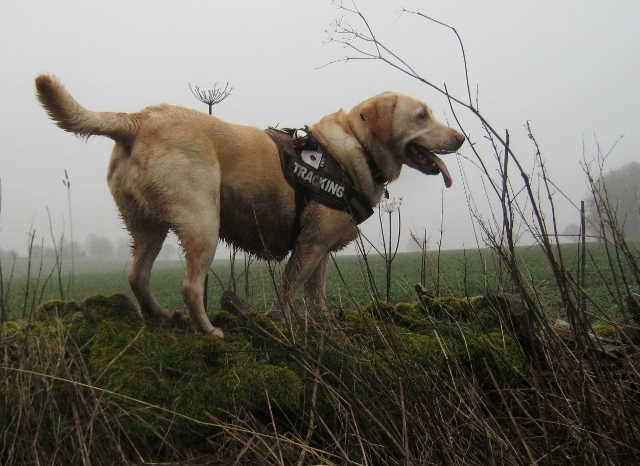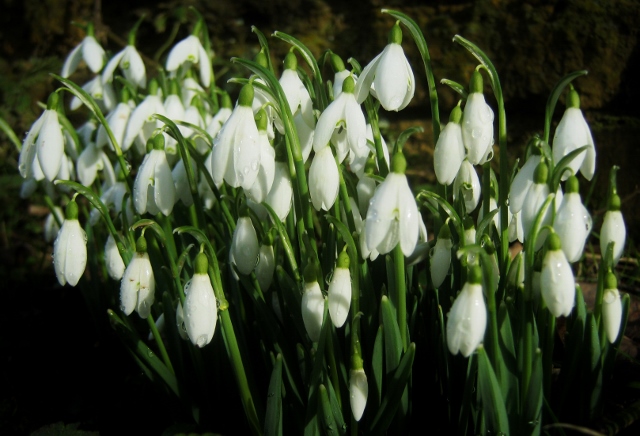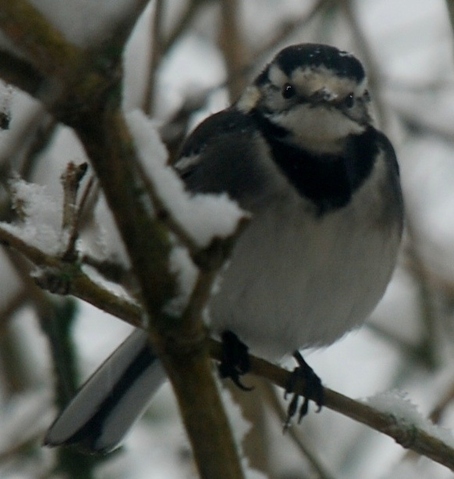I wasn’t at all surprised to see a pair of Wheatears catching insects to feed to their young well before the end of April. The nest (typically) was concealed inside a Cornish drystone wall that surrounded a field covered with a liberal and (to a Wheatear) highly attractive sprinkling of insect-nurturing horse manure! Wheatears are amongst the first of our returning migrants to arrive in the Spring (usually around mid-March) and tend not to waste any time in their efforts to begin a family.It was pouring with rain, the light was minimal and a hailstorm with hailstones the size of very large peas had only just ended when I eventually took this picture! The birds however, seemed completely unperturbed by the changeable weather and simply carried on regardless. The name “Wheatear” by the way, is derived from the ancient Anglo-Saxon words “hwit” and “oers”, meaning “white” and “rump” (or, more correctly, “a*se”)….a diagnostic feature of the bird in flight and also the reason why my Great Granddad, a veteran cavalryman, named a favourite horse of his “Wheatear”…. it apparently had a small white patch on its rump! Sadly however, it was also one of several to be shot from under him during the First World War!
A collection of my thoughts and experiences.



